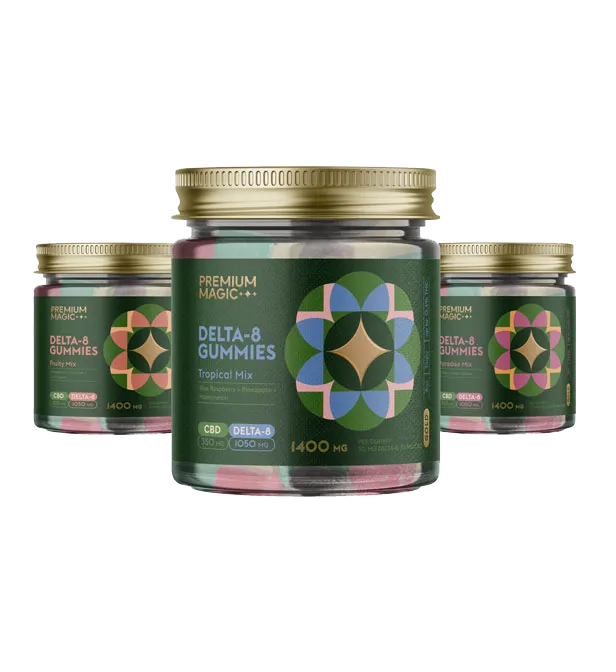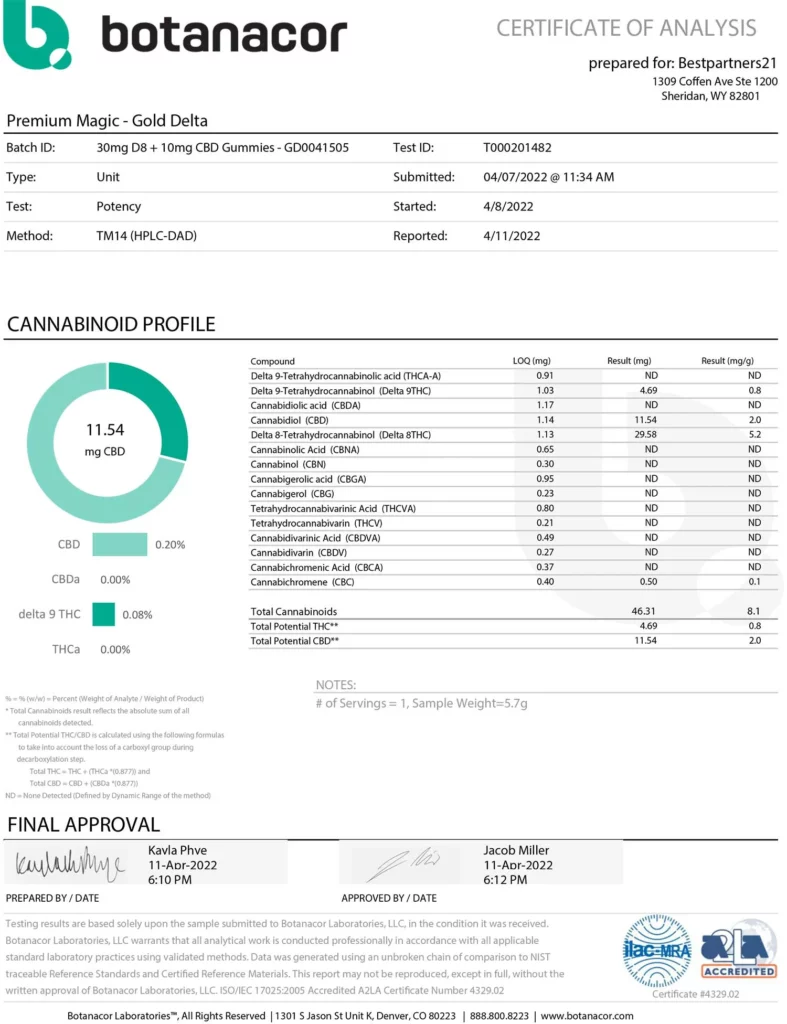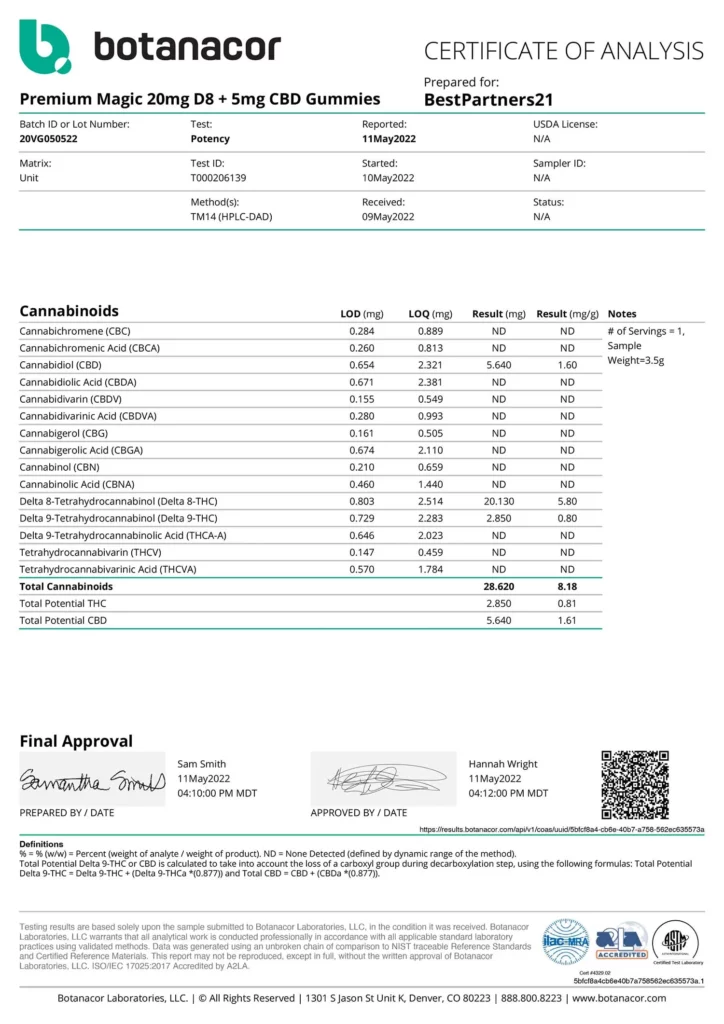
Exploring Holistic Approaches to Pain Management

Pain management is all about easing discomfort to improve one’s quality of life. Traditionally, this often involves medications which, while effective, can sometimes come with unwanted side effects.
Holistic approaches offer a different path. They aim to tackle pain management by considering the whole person—body, mind, and spirit. This way, not only the symptoms but the root causes of pain are addressed.
What are Holistic Approaches of Pain?
Holistic approaches to pain management have been gaining traction as people seek more natural and less invasive methods to feel better. These methods consider the entire individual—body, mind, and spirit—in the pursuit of improved health and relief from pain.
Few Examples to Help You Understand Better
Holistic approaches are all about looking at the big picture. Unlike conventional methods that focus on treating the specific area of discomfort, holistic methods aim to enhance overall well-being which, in turn, can alleviate pain. Here are a few examples:
- Acupuncture: This ancient Chinese practice uses thin needles inserted into specific points on the body to relieve pain and promote healing.
- Yoga: By combining physical postures, breathing exercises, and meditation, yoga helps to relax the body and mind, which can be very effective in chronic pain management.
- Mindfulness Meditation: This involves paying full attention to the present moment without judgment, which can help reduce stress and, in turn, pain.
These methods provide alternative ways to confront and pain management, giving individuals more natural options to feel better.
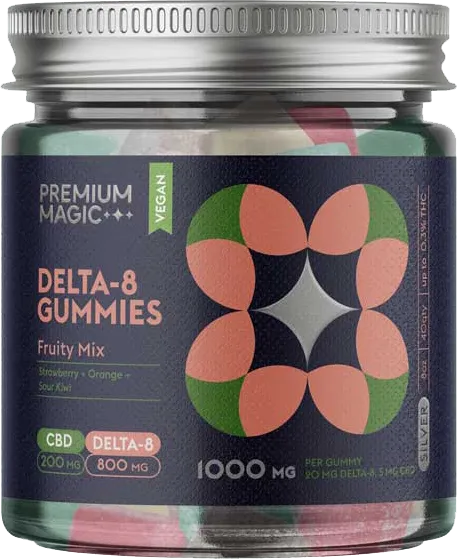
Silver Fruity Mix
Original price was: $68.99.$33.99Current price is: $33.99.
Or Subscribe and Save 30%
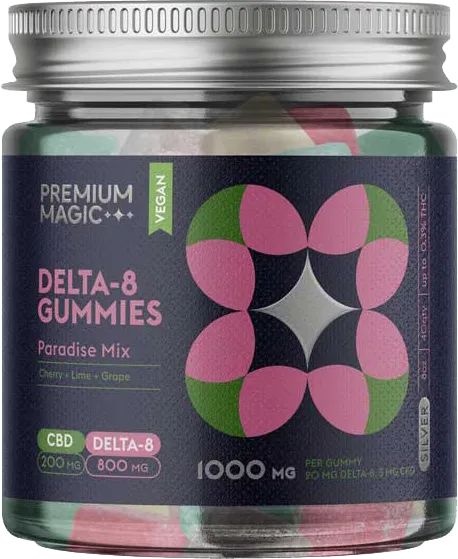
Silver Paradise Mix
Original price was: $68.99.$33.99Current price is: $33.99.
Or Subscribe and Save 30%
Why Choose Holistic Approaches Over Other Methods?
The benefits of adopting a holistic approach to pain management are plentiful:
- Whole-Body Health: Holistic approaches promote overall well-being, not just relief from pain. By addressing the root causes of pain, these methods can lead to better long-term health outcomes.
- Lower Risk: Unlike some medications and surgeries, holistic methods typically have fewer risks and side effects. They’re non-invasive and safe for ongoing use.
- Empowerment: Individuals often feel more in control of their health when using holistic methods. They can practice many of these techniques at home, at their convenience.
- Cost-Effectiveness: While not always the case, holistic methods can sometimes be more cost-effective than ongoing medical treatments or medications.
- Reduced Reliance on Medication: With effective holistic pain management, the need for pain medication, and its potential for addiction or side effects, may be greatly reduced.
- Improved Quality of Life: By reducing pain management and promoting overall well-being, holistic approaches can significantly improve the quality of life.
The Application of CBD in Pain Management
In the exploration of holistic approaches to pain management, Cannabidiol, commonly known as CBD, emerges as a popular and effective choice for many. Derived from the hemp plant, CBD provides a natural alternative to conventional pain relief methods.
What is CBD?
CBD is one of over 100 chemical compounds found in the cannabis plant, specifically hemp. Unlike THC (tetrahydrocannabinol), which is another compound found in cannabis, CBD doesn’t create a “high” effect. It’s non-psychoactive, making it appealing to those seeking pain relief without the mind-altering effects of marijuana or certain pharmaceutical drugs.
How CBD Works for Pain Relief
CBD interacts with the body’s natural endocannabinoid system (ECS), which plays a crucial role in regulating a variety of functions including sleep, appetite, pain, and immune system response. Here’s a simplified breakdown of how it works:
- Endocannabinoid System: Our bodies produce endocannabinoids, which are neurotransmitters that bind to cannabinoid receptors in the nervous system.
- Interaction with Receptors: CBD impacts endocannabinoid receptor activity, reducing inflammation and interacting with neurotransmitters to alleviate pain.
By targeting the body’s own endocannabinoid receptors, CBD can offer relief from many types of pain, including chronic pain associated with conditions like fibromyalgia and multiple sclerosis.
Studies and Evidence Supporting CBD
Numerous studies have been conducted to understand the effectiveness of CBD in pain management:
- Research has shown that CBD can reduce chronic pain by impacting endocannabinoid receptor activity.
- Studies also suggest that CBD can help with sleep by addressing the root issues of pain.
While more research is needed to fully understand the benefits and risks, many people are finding CBD to be a valuable aid in managing daily discomfort and chronic pain.
Legal Status and Considerations
The legal status of CBD varies from place to place. In many parts of the United States, CBD derived from hemp with less than 0.3% THC is legal. However, it’s always important to check local laws, especially when traveling.
Here are a few considerations:
- Legal Status: Before purchasing or using CBD, it’s crucial to understand the legal status in your area.
- Quality and Purity: Look for CBD products that are third-party tested for quality and purity.
- Dosage: The right dosage can vary widely from person to person. It’s advisable to start with a low dose and gradually increase until you find what works best for you.
- Medical Consultation: As with any supplement, it’s a good idea to talk with a healthcare provider, especially if you are pregnant, nursing, or have any medical conditions or concerns.
Other Holistic Techniques
Holistic techniques are gaining popularity due to their natural approach and the substantial relief they provide to individuals suffering from chronic pain. Besides CBD, there are various other holistic techniques that offer a pathway to pain management without the necessity of invasive procedures or medications. Let’s delve into some of these methods.
Herbal Remedies
Herbal remedies have been used for centuries across different cultures to manage pain and other ailments. These natural alternatives, derived from plants, are believed to alleviate pain without the harsh side effects often associated with conventional medicine. Some common herbal remedies include:
- Turmeric: Known for its anti-inflammatory properties.
- Ginger: Helps in reducing muscle pain and soreness.
- Valerian Root: Often used to relax muscles and ease cramps.
Physical Therapy and Exercises
Physical activity is an essential component for anyone looking to manage pain holistically. Physical therapy and exercises can strengthen muscles, improve flexibility, and enhance mobility, all of which can contribute to reduced pain.
- Stretching Exercises: Helps in keeping the muscles flexible and relieving stiffness.
- Strength Training: Strengthens the muscles around painful joints, providing them with better support.
- Aerobic Activities: Such as walking or swimming can improve overall fitness and mood, while also helping to reduce pain.
Mind-Body Therapies
The connection between the mind and body is powerful, and various therapies aim to harness this relationship to manage pain.
- Meditation: By focusing on the breath and letting go of stress, many individuals find relief from chronic pain.
- Relaxation Techniques: Techniques like deep breathing and progressive muscle relaxation can help ease muscle tension and reduce pain.
- Mindfulness: Being in the present moment can often divert focus from the pain, and gradually change the body’s response to it.
Personal Stories and Case Studies
When it comes to managing pain, the journey is deeply personal and what works well for one person may not work for another. However, exploring real-life experiences can provide valuable insights. In this section, we share some personal stories and case studies that illustrate the effectiveness of holistic approaches to pain management.
Individuals’ Experiences with Holistic Pain Management
Many individuals have found solace in holistic methods after traditional medicine failed to provide them relief.
- John’s Story: John suffered from chronic back pain after a car accident. He explored acupuncture and yoga, and over time, not only did his back pain lessen, but his overall mobility improved significantly.
- Maria’s Story: Maria, battling arthritis, found relief through a combination of herbal remedies and mindfulness meditation. She noticed a remarkable decrease in her joint pain and an overall calming effect on her mind.
These stories, among many others, reflect the potential benefits and positive impact of holistic approaches in managing pain.
Effectiveness and Impact on Quality of Life
The effectiveness of holistic approaches can often be seen in the improved quality of life of individuals. Here are some observations from case studies:
- Reduced Pain Levels: Many individuals report significant reductions in pain levels when engaging in holistic practices like yoga, physical therapy, or using CBD.
- Enhanced Mobility: With reduced pain comes better mobility, enabling individuals to enjoy daily activities with less discomfort.
- Improved Mental Well-being: Techniques like meditation and mindfulness not only help in managing pain but also contribute to better mental health, reducing anxiety and depression associated with chronic pain.
- Lower Medication Dependence: Some case studies highlight a reduced reliance on prescription pain medications, which is a significant step towards healthier living.
The impact of holistic pain management on one’s quality of life can be profound. It’s a journey of self-discovery, understanding one’s body, and finding what alleviates the pain while promoting overall well-being. The testimonies and cases shared provide a glimmer of hope and a roadmap for others navigating the path of holistic pain management. Through these personal stories and discussions on effectiveness, the real potential of holistic approaches in fostering a better, pain-reduced life comes to light.
Conclusion
We’ve journeyed through various holistic approaches to managing pain, from engaging practices like yoga and mindfulness, to exploring the potential of CBD and herbal remedies. These methods offer a gentler path towards managing discomfort, promoting overall well-being.
It’s encouraging to consider these alternative routes to pain management. Each person’s pain is unique, so exploring different holistic methods could be a key step toward finding the right solution for you.
